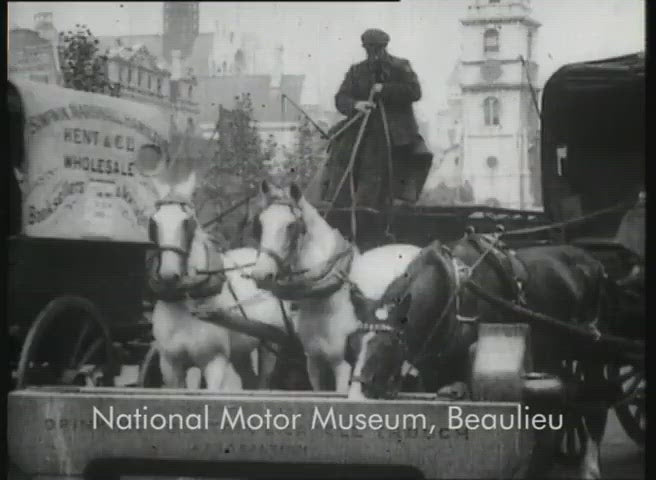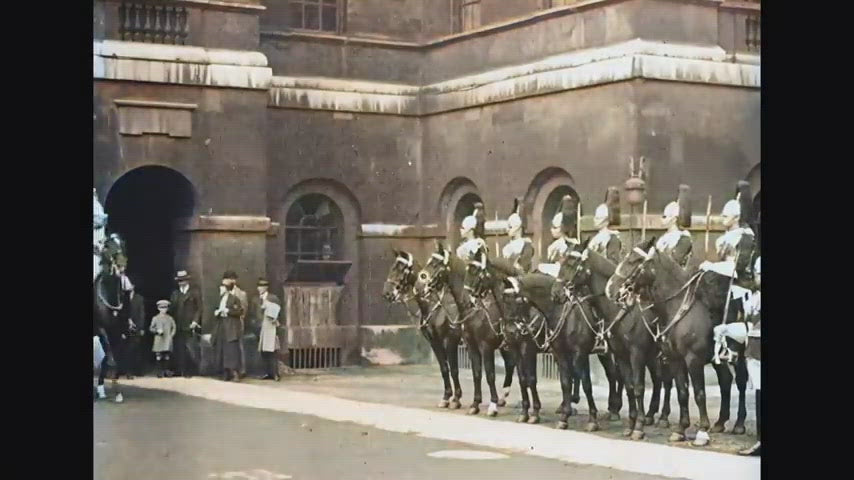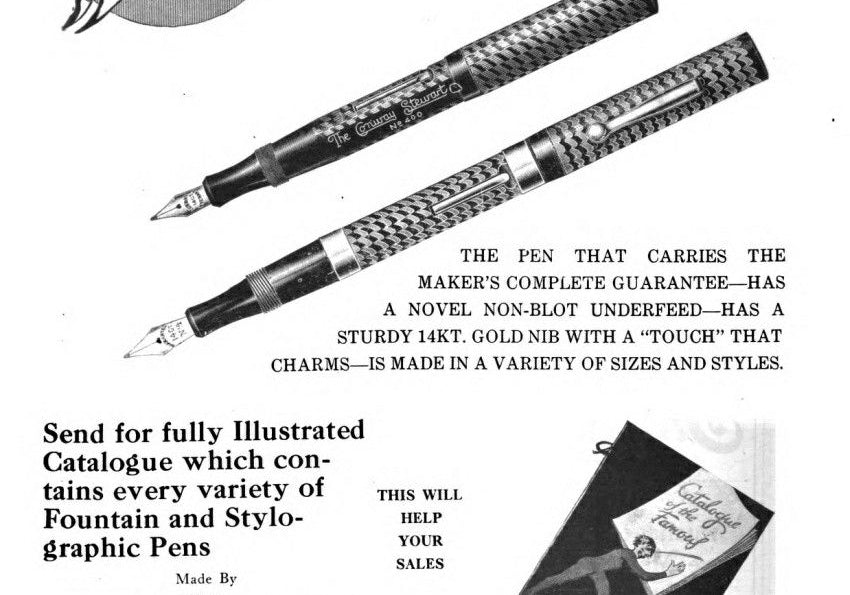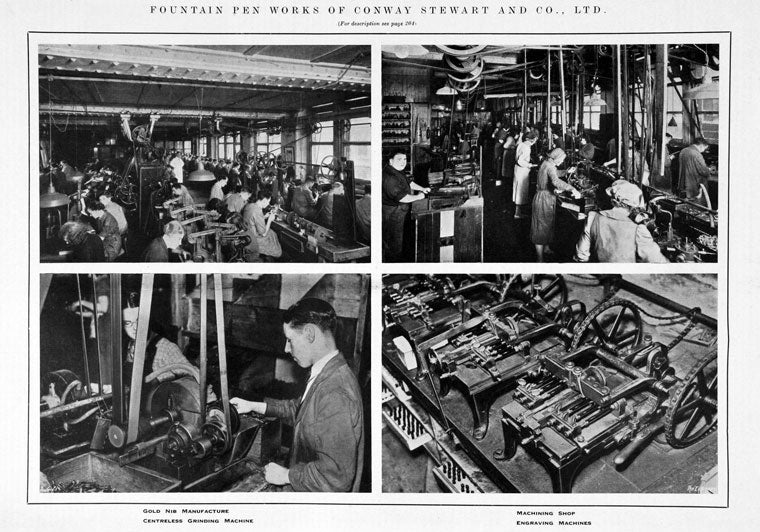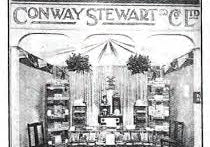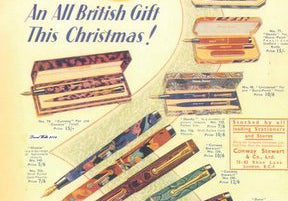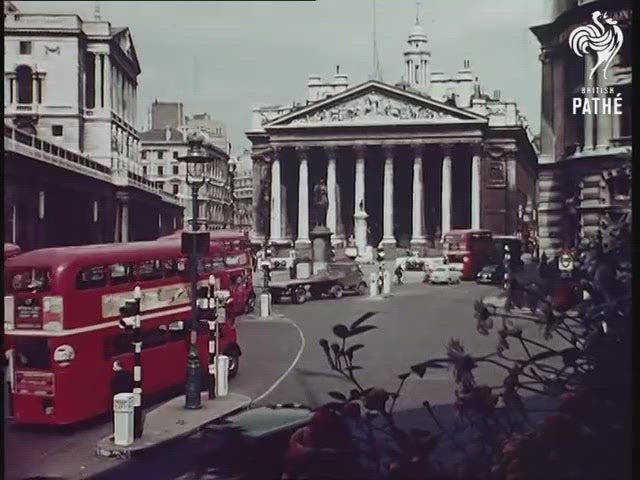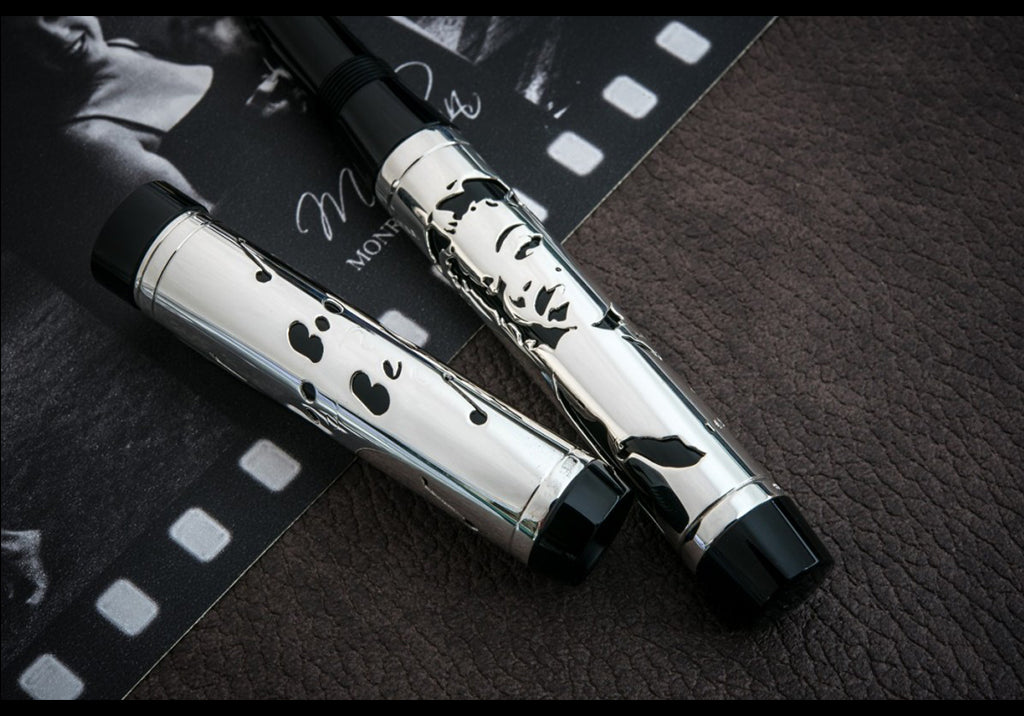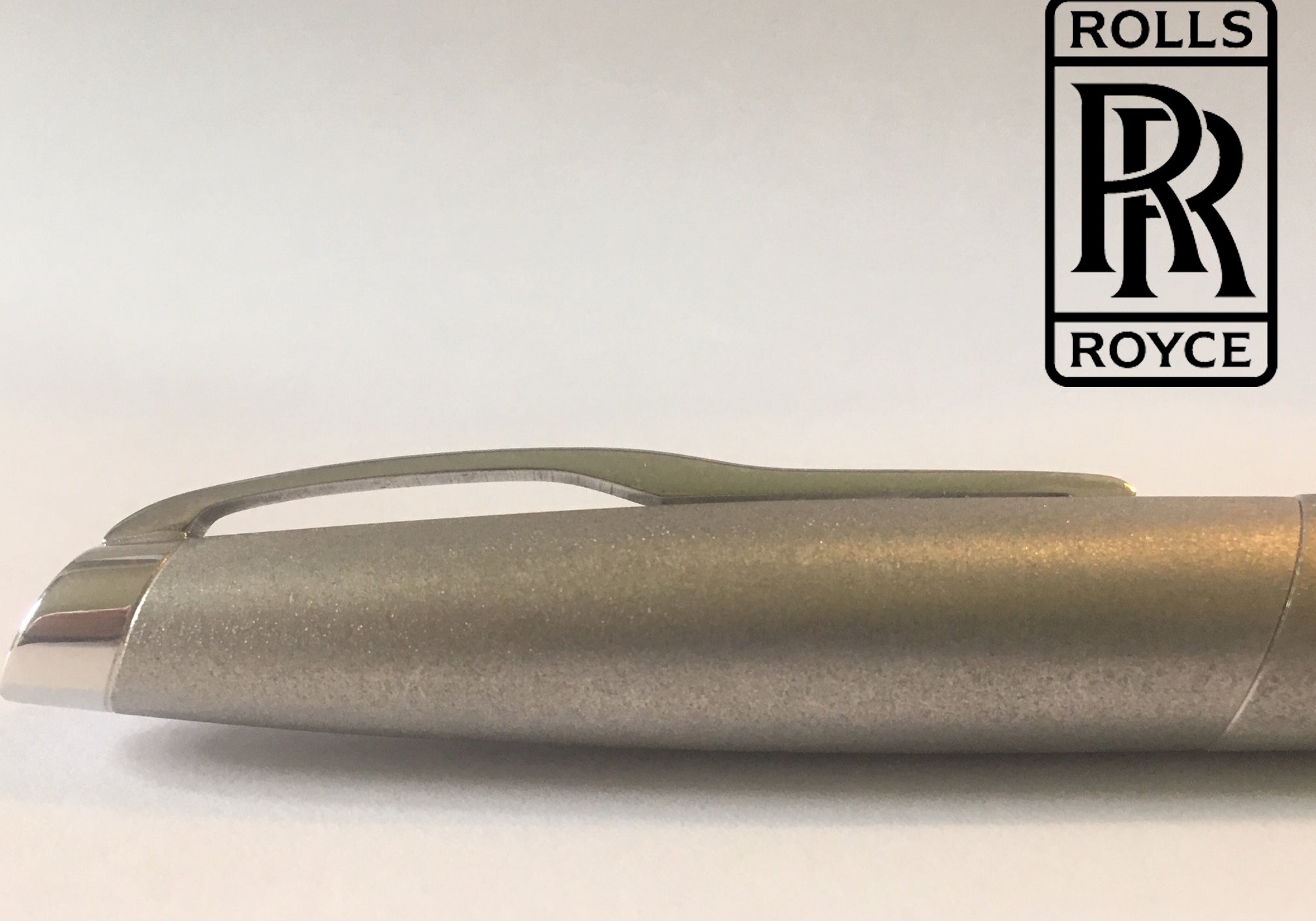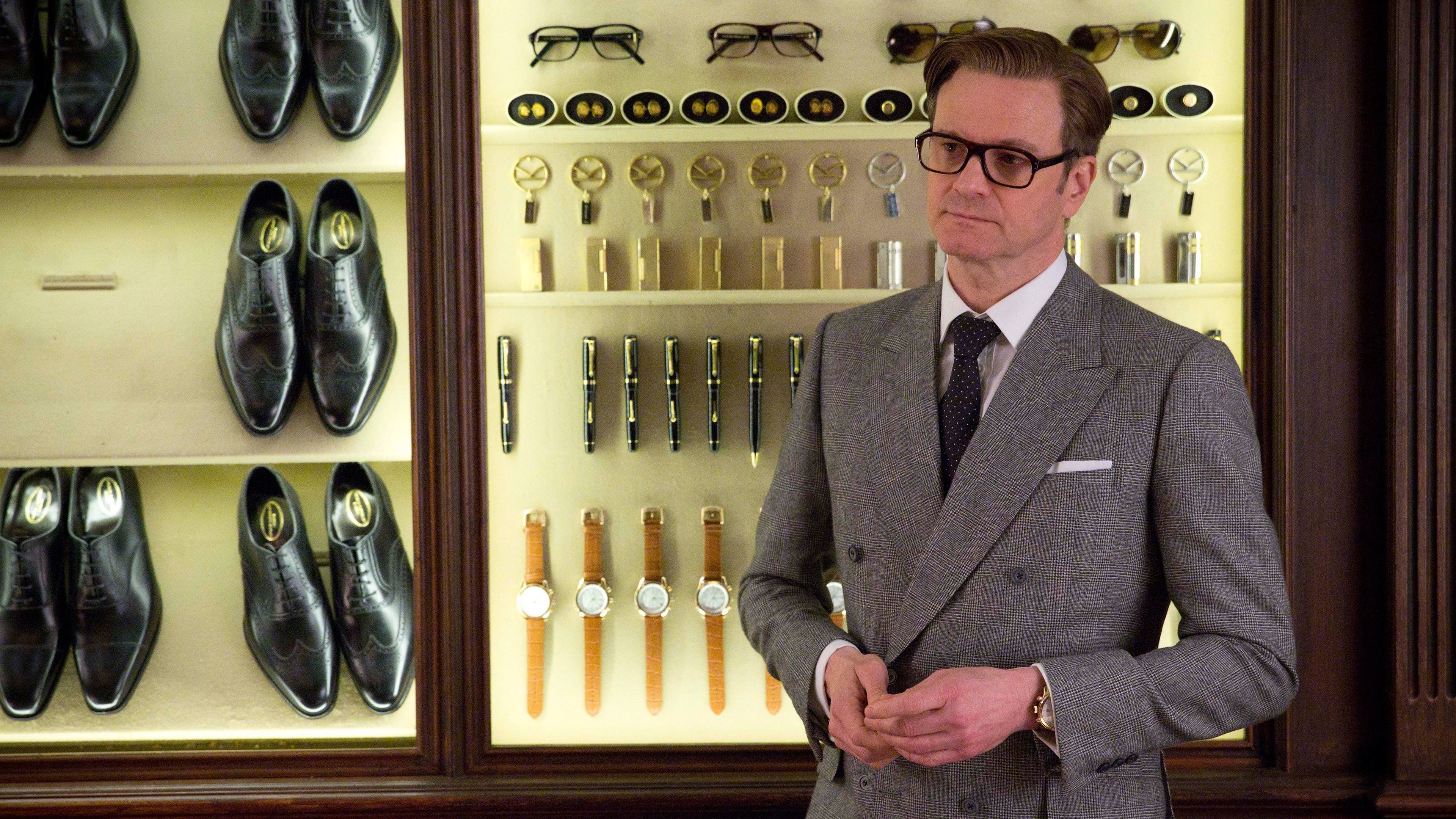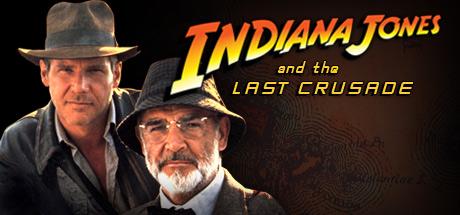History
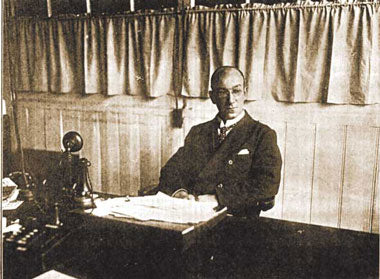
1905
The Beginning
In 1905, Frank Jarvis, 22, and Howard Garner, 28, formed Conway Stewart & Co. at 13 Paternoster Row, next to St Paul’s Cathedral in London. Today, this area is known as Paternoster Square having been redeveloped after its complete destruction during the Blitz of World War II. Although there is much debate regarding the origins of the Company’s name, it is believed that the name “Conway Stewart” derives from a popular vaudeville act of the day. The two entrepreneurs originally sold pens imported from the United States, but soon grew to become one of the largest pen manufacturers. Pre-WWII Conway Stewart probably made and sold more pens in Great Britain than the combined sales of their main competitors, Mabie Todd, De La Rue, Parker and Waterman.

In their first month
they took £13 14s 11d, but by 1906 their annual turnover was over £2000, and they had moved to 34 Paternoster Row where they rented three rooms. In July 1906 they attended the Printing Exhibition in London and promoted the "The POST Fountain Pen - self filling & self cleaning & cannot leak". There were several models of this POST pen including a "Presentation Pen" with full sterling silver or 18ct gold-plated overlay. By 1907 annual turnover had doubled to over £4000. Jarvis and Garner developed a single aim, to produce elegant and beautiful, yet functional writing instruments – a principle that Conway Stewart holds true to this day.
The Golden Years
The Roaring 20s was the golden age for fountain pens and Conway Stewart was suitably placed at the beating heart of this worldwide expansion.

The End of an Era
The 1950s provided the last of the great Conway Stewart models. The company began to stagnate through the 1960s as the market turned relentlessly towards the disposable ballpoint. The company persevered in trying to keep up with the market trends with their ball pen and also by launching the 106, a cartridge pen mounted with a semi-hooded nib. In the 1960's the company was sold and relocated to Wales, where the last pen rolled of their production floor in 1975.
The Second Golden Age
The 1990s saw Conway Stewart rise from the ashes with the launch of 'The Gold Collection'; a range of pens made from solid gold that showcased the work of English master craftsmen in various fields including hand painting, enamelling and engraving. These fantastic pieces sold for in excess of £10,000 ($18,000), continuing Conway Stewart's tradition of excellence in fitting tribute to the pens of earlier generations. In 1996 the Churchill model was introduced to celebrate the life of Sir Winston Churchill and his lifelong, prolific interest in writing and literature.

2005
Conway Stewart the chosen pen for G8 summit
Prime Minister Blair presented a Conway Stewart No 58 set to each of the G8 world leaders. President Bush and President Clinton have both owned Conway Stewart pens. Conway Stewart also created exclusive pens for many prestigious corporate and government accounts, including the Royal Air Force, the Red Arrows, Rolls Royce, Mensa, as well as numerous other high profile corporate accounts. Rick Wakeman, rock star and pen enthusiast, has a large collection of Conway Stewart pens of which he is justifiably proud.
2014 to Present Day
The Conway Stewart Story continues...
In August 2014, the doors of the Conway Stewart Plymouth factory were suddenly closed when the company went into administration. Was this the end?

London 2023
Churchill Heritage
The company also renewed its links with the Churchill family and launched the Churchill Heritage range of pens to support Churchill Heritage Ltd through which the Churchill family distributes money to charities and good causes that keep alive the legacy of Sir Winston Churchill and the spirit of the words of wisdom he penned. Each Churchill Heritage pen has Winston Churchill’s signature engraved on the barrel with one of his famous sayings. The second pen in the series, “NEVER GIVE IN” is a fitting axiom for the directors of the company who were determined that Conway Stewart should live on.
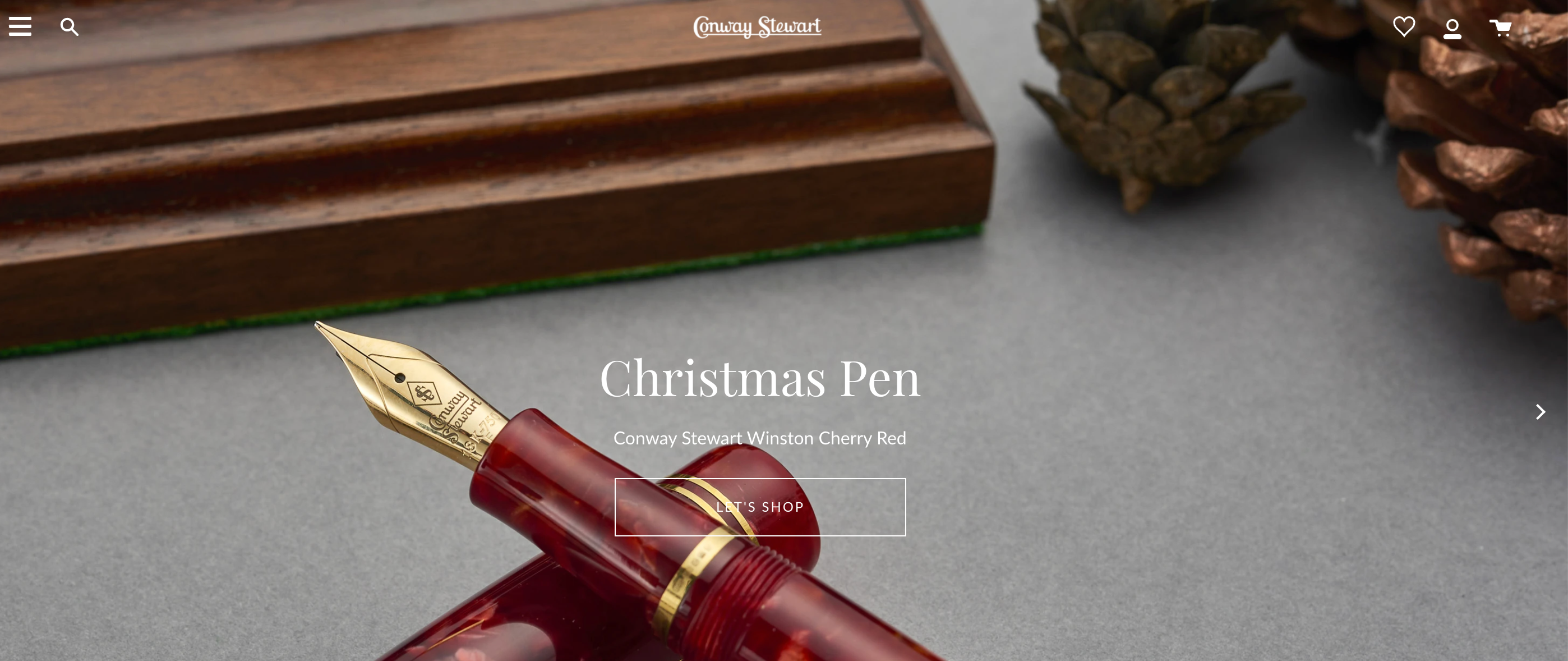
The website domain name, conwaystewart.com, was bought and relaunched soon after the Trade name “Conway Stewart” (European Union of Intellectual Property Office Certificate of Registration No. 017948469), and the Conway Stewart Trademark (European Union of Intellectual Property Office Certificate of Registration No. 018074073) were obtained by Bespoke British Pens. Ed Adams joined the company as a shareholder, and was instrumental in designing the new website, www.conwaystewart.com and re-launching Conway Stewart to a global audience.
Handcrafted by master pen makers, the rich heritage of Conway Stewart rests in your hand every time you use one of these beautiful British pens. We believe that whether you are giving or receiving one of our pens – or perhaps buying it for your own use – it will provide a lifetime of pleasure and become a cherished companion. When Conway Stewart was founded in 1905, Jarvis and Garner had a single aim, to produce elegant, timelessly beautiful, yet functional writing instruments. Today, more than one hundred years later, we still hold true to those original goals. Luxury, history and enchantment combined – we hope you will agree.

